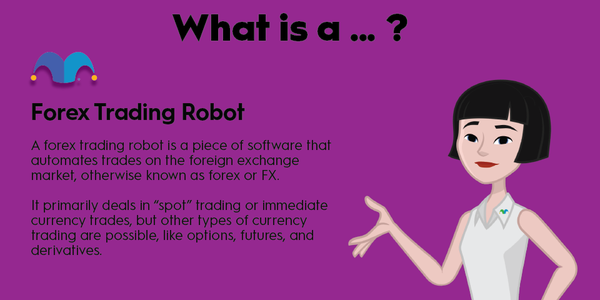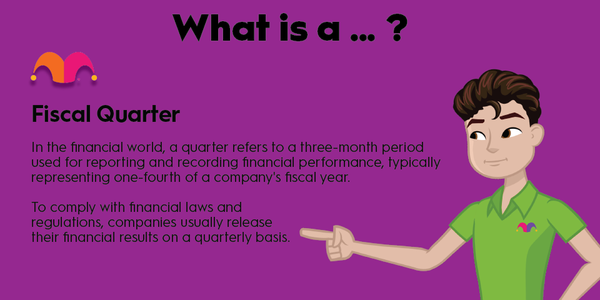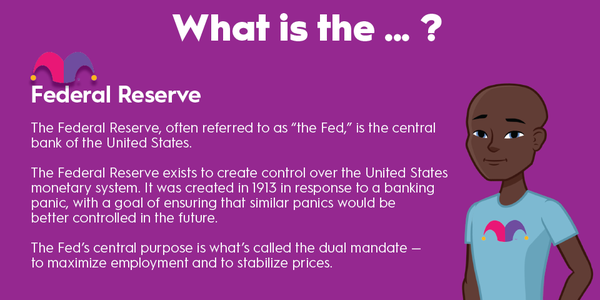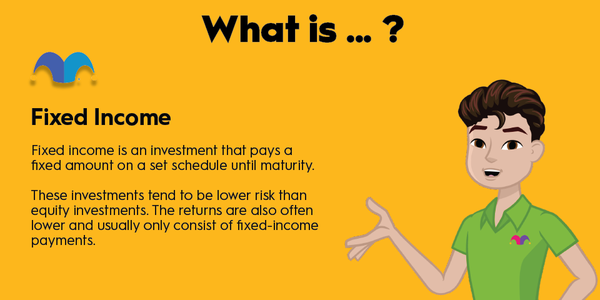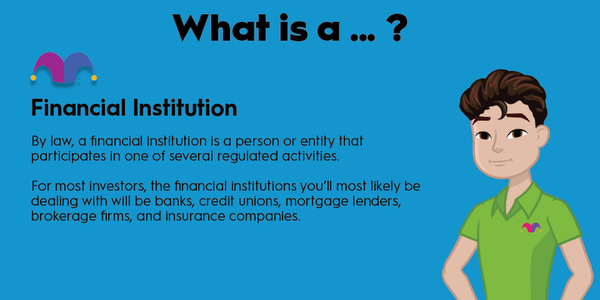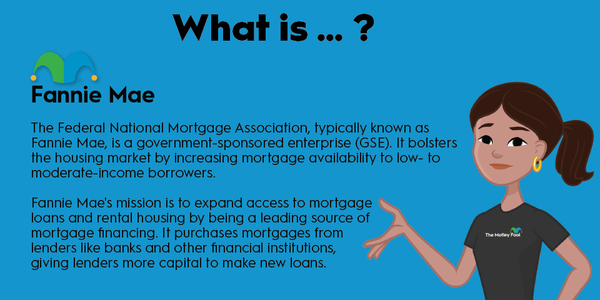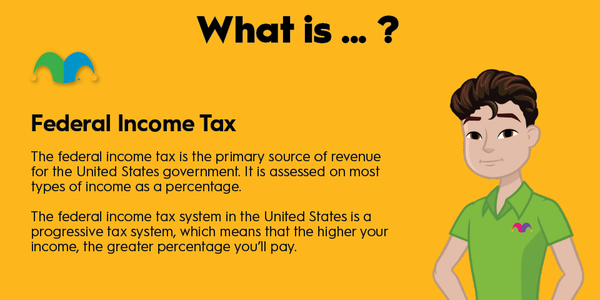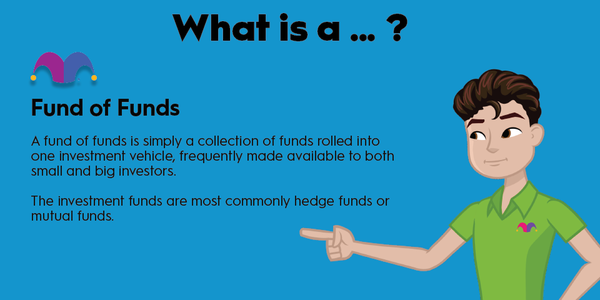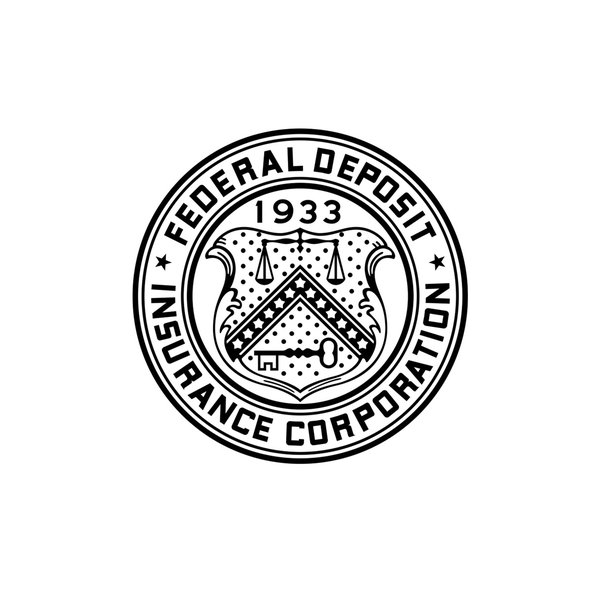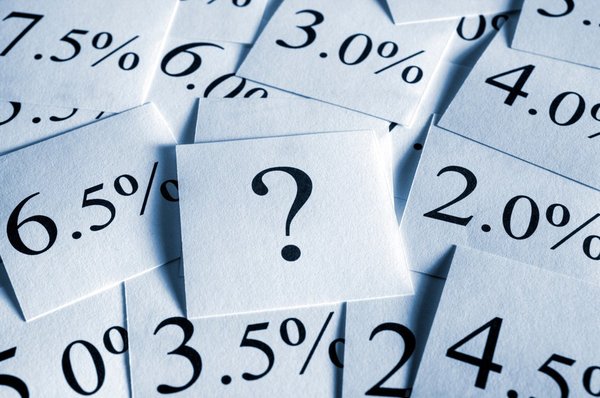When investing in the stock market, it can be difficult for investors to put all of their money to work or to invest in all of the stocks they want if they are only able to buy entire shares of stock. Fractional shares have solved some major pain points for investors, so here's a rundown of what a fractional shares are, why they're important, and how they work in the real world.
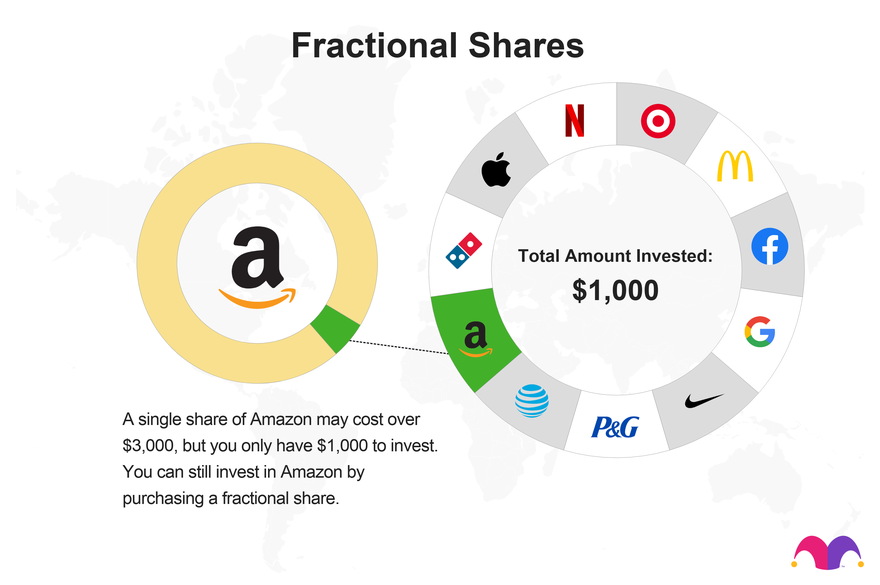
What are fractional shares?
What are fractional shares?
As the name suggests, fractional shares are less than a full share of stock. For example, if you buy half a share of Walt Disney (DIS -0.93%), that would be an example of a fractional share. If you own a fractional share of a stock, you are entitled to a proportional amount of the gains of holding a full share, as well as a proportional amount of any dividends paid by the company.
To be sure, fractional shares have some drawbacks. As one example, you generally don't get voting rights with fractional shares (although this isn't likely to be an issue for smaller investors). Some brokers restrict when you can sell fractional shares – for instance, only allowing fractional share orders to fill overnight when the market is closed. And you may encounter small fees for fractional shares.
It's also worth mentioning that fractional shares have been around for a long time, but they were typically only allowed as a tool for dividend reinvestment. In other words, if you received a $50 dividend from a company and elected to reinvest your dividends, you'd be allowed to receive as many shares as possible (even fractions) that $50 could buy.
Why are they important?
Why are fractional shares important?
Fractional shares are important because they eliminate two major pain points for investors, especially newer investors or people who typically invest relatively small amounts of money at a time.
First, it allows investors to put all of their money to work at once. As an example, let's say that you put $500 into your brokerage account and you want to invest in Berkshire Hathaway (BRK.A -0.59%)(BRK.B -0.74%), which trades for approximately $364 per share as of August 2023.
If your broker doesn't allow fractional share trading, you would only be able to buy one share, and the additional $136 would remain in your brokerage account. On the other hand, fractional share trading would allow you to use your entire $500 deposit to buy about 1.37 shares of Berkshire Hathaway stock.
Second, it allows investors with relatively small amounts of investable cash to buy whatever stock they want. As an example, MercadoLibre (MELI -1.96%) trades for about $1,300 per share as of this writing. Unless you have that much cash available, you can't afford to buy any shares if your broker doesn't allow fractional shares. However, if they do allow fractional share investing, you could add MercadoLibre shares to your portfolio for as little as a few dollars.
Should you buy them?
Should you use fractional shares to invest?
The short answer is that you should absolutely use fractional shares to invest if they're available to you. Not all brokers allow fractional share trading, so if you're a new investor or you simply want the ability to buy less than one full share of stock on occasion, it may be a good idea to find a broker that supports fractional share trading.
Related investing topics
Example
Real-world example of fractional share investing
Let's say that I deposit $1,000 into my brokerage account and want to split it evenly among shares of Apple (AAPL -2.19%), Berkshire Hathaway, Amazon (AMZN -1.35%), and Tesla (TSLA -5.59%) to start my stock portfolio. As of this writing, the share prices of each of these companies, rounded to the nearest dollar, are:
- Apple - $180
- Berkshire Hathaway - $363
- Amazon.com - $140
- Tesla - $250
If I had a brokerage account that did not allow fractional share investing and I had $250 to invest into each, I would end up with one share each of Apple, Amazon, and Tesla and I would have $430 left in my brokerage account.
On the other hand, if my brokerage offered fractional shares, I could put all $1,000 of my money to work with 1.39 shares of Apple, 0.69 shares of Berkshire, 1.79 shares of Amazon, and one share of Tesla. Not only would I be able to invest 100% of my money, but I'd have equal-sized positions in all four companies.
